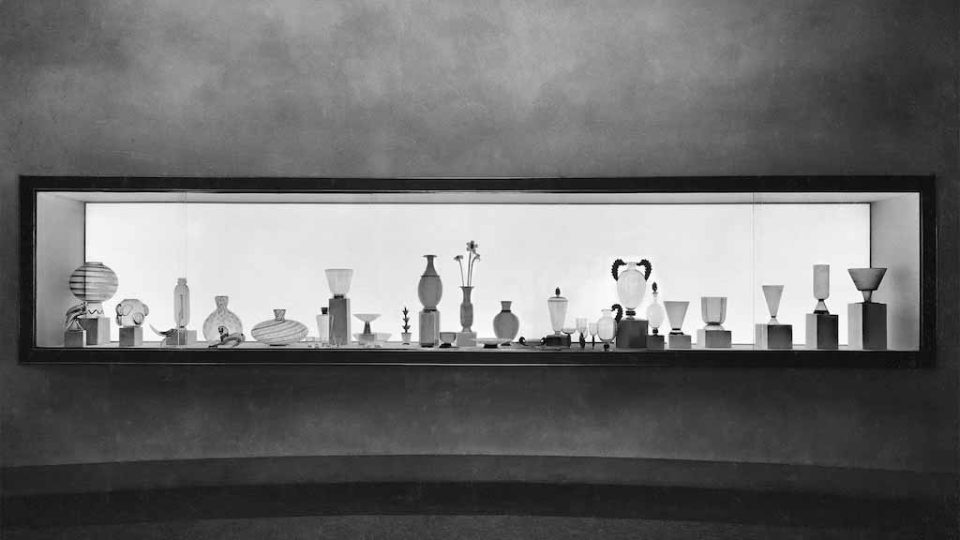
81. Venice Film Festival

80. Venice Film Festival

79. Venice Film Festival

The Biennale Arte Guide
Foreigners Everywhere

The Biennale Architecture Guide
The Laboratory of the Future

The Biennale Arte Guide
Il latte dei sogni

The second chapter of the exhibition dedicated to the presence of Murano glass at the Venice Biennale focuses on the period between 1932 and 1942, years that mark the inauguration of the Venice Pavilion and the last edition of the Biennale before the forced break due to World War II. Since 1932, Murano glass found a place at the Biennale in an area specifically created for decorative arts, thanks to the initiative of the Istituto Veneto per il Lavoro. This official recognition highlighted the quality and prestige of the so-called “minor arts,” whose works were carefully selected to be presented to the public. With the continuous renewal of the Biennale, the Murano furnacec had the opportunity to showcase the best of their production, taking advantage of the stimuli offered by an environment full of artistic energy and international scope. The Biennale was not only a privileged showcase but also an occasion for exchange and dialogue within the world of artistic glass.
Among the leading glassmakers were Venini, which collaborated with Carlo Scarpa, and Barovier Seguso Ferro (later Seguso Vetri d’Arte) with Flavio Poli. Dino Martens worked first with Salviati e Successori Rioda and later with Aureliano Toso. Other companies such as AVEM, the historic Barovier furnace, Cirillo Maschio, Ulderico Moretti, S.A.I.A.R. Ferro Toso, Fratelli Toso, VAMSA, and S.A.L.I.R. contributed to showcasing the potential of Murano glass. The exhibition, accompanied by a catalog curated by Marino Barovier and Carla Sonego, presents a selection of objects displayed in those editions, illustrated through documents and period materials.